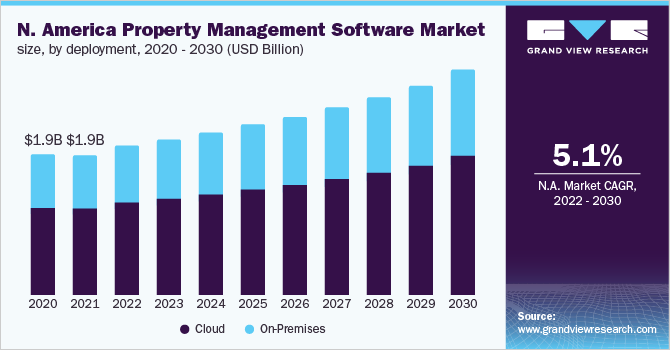👪 When the family goes out to eat
Why the Multi-Family Industry Resembles the Restaurant Industry 10 years ago
Do you remember 2013, when almost every restaurant's website looked the same? A landing page, a menu, contact and hours information – that was it. The styling was nearly identical, with the only difference being a photo of the restaurant or some color variation. The reason for this homogeneity was ChowNow and similar providers.
ChowNow circa 2013 via Archive.org
As software supporting the restaurant industry evolved, point-solutions launched, but integration remained a challenge. What happens when you work with multiple ordering platforms, an accounting system, an inventory system, a point of sale, and a website builder? It's difficult to get these tools to talk to one another. That's why Chowly, a point of sale and ordering system integration platform, emerged to serve restaurant teams with much cleaner insights and operations.
Today, restaurant-industry SaaS is more mature, integrates well, and has diversified its offerings. There are end-to-end solutions like Toast, Owner, Clover, SpotOn and others that make everything a lot simpler. The early focus on and evolution of restaurant software makes sense: most of us can relate to the problems and have seen them first hand.
It's basically 2013 in multi-family proptech.
Multi-family owner-operators are developing custom mobile apps and websites with third-party contractors. Vertical website builders are emerging, and there's finally a focus on building software to deliver a differentiated resident experience. For the first time, having a great property and competitive rates may not be enough.
However, integrating with property management software systems remains cumbersome and unreliable, keeping the barrier to entry for new proptech players high. PMS APIs lack the latest and greatest in developer experience. Often, documentation is years behind what the vendors current API specs are, service interruptions are commonplace, and the APIs are incompatible SOAP systems. Integrating with 10 different systems to serve a market can be hard to get off the ground. Not to mention, app-partner licenses cost tens of thousands of dollars.
Enter Propify – a unified API for the multi-family proptech industry. Propify creates a common language and modern API across these software systems, complete with a first class developer experience, webhooks, and a caching layer. This technology unlocks innovation, lowers the barrier to entry, and encourages people to build.
What can we expect in the coming decade?
We anticipate a wave of startups to be built on top of platforms like Propify, making it easier to test hypotheses. The opportunity exists to build products that work with the incumbent property management software systems, rather than against them, capturing user behavior and turning the PMS into basically a database. Eventually, that behavior capture may create the opportunity to replace more and more of the underlying system. We're excited about this shift toward modernization in an industry that is just starting to see the benefits of technology.




